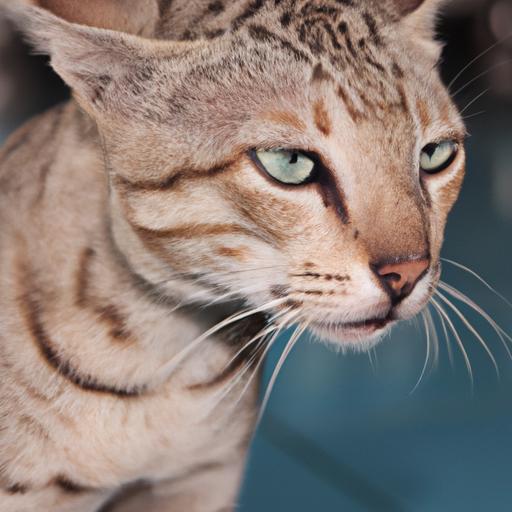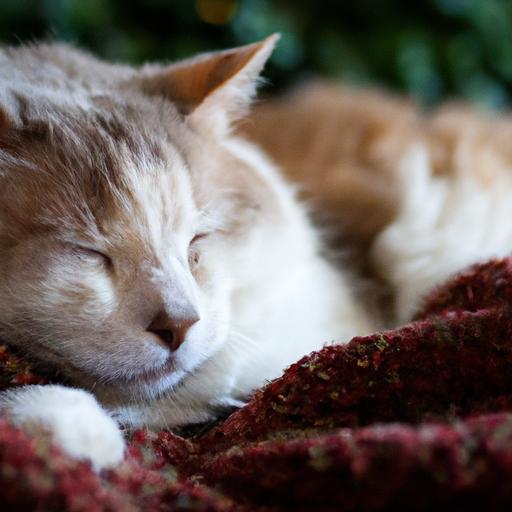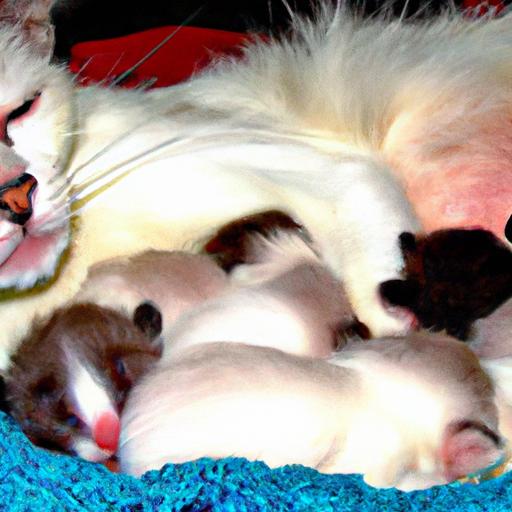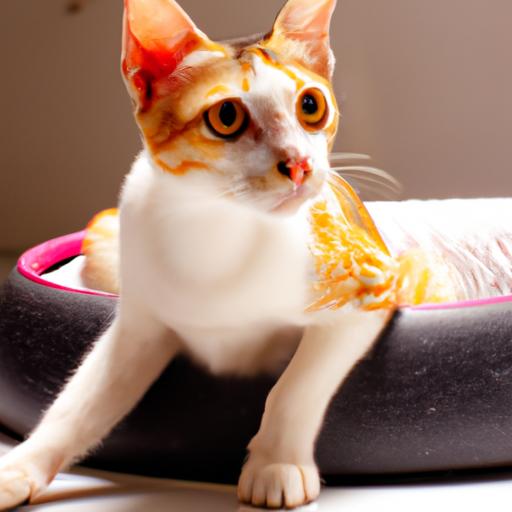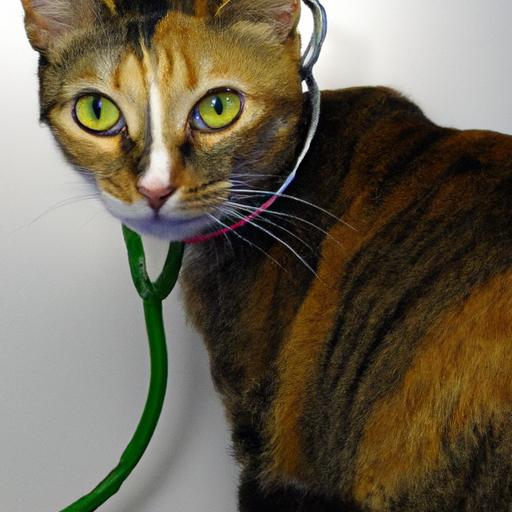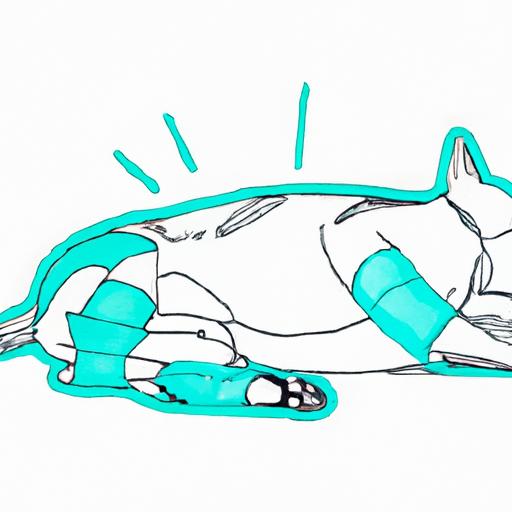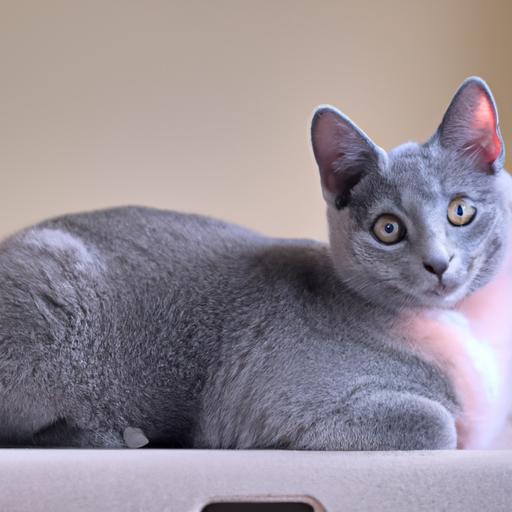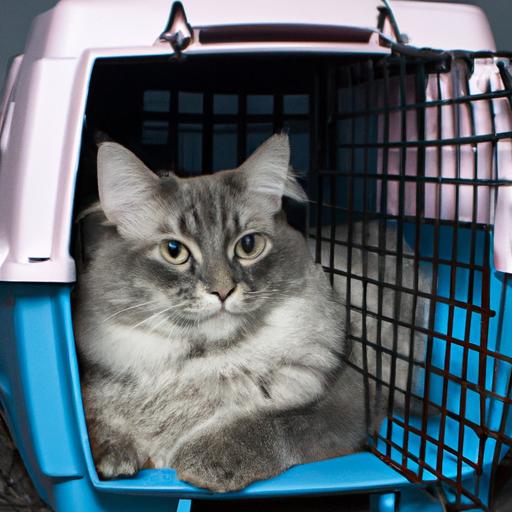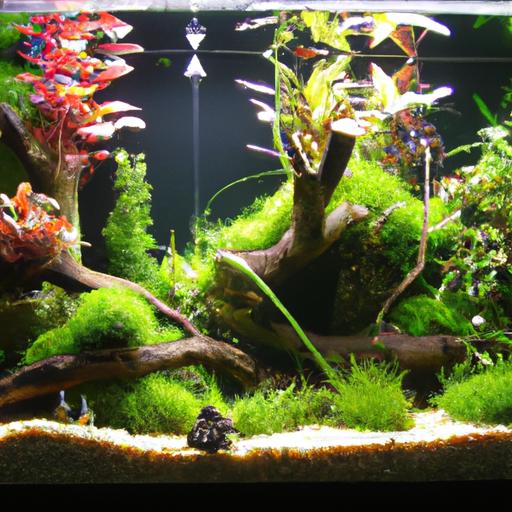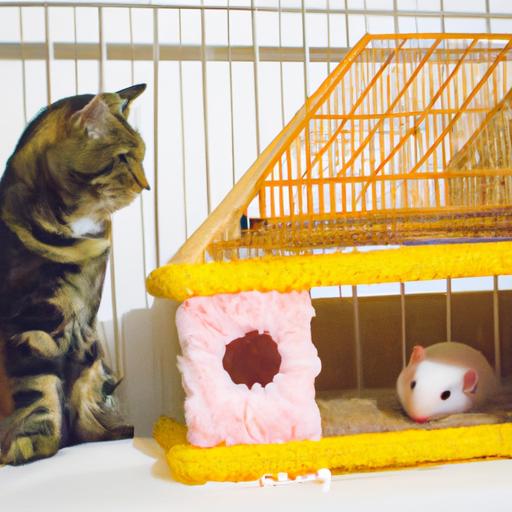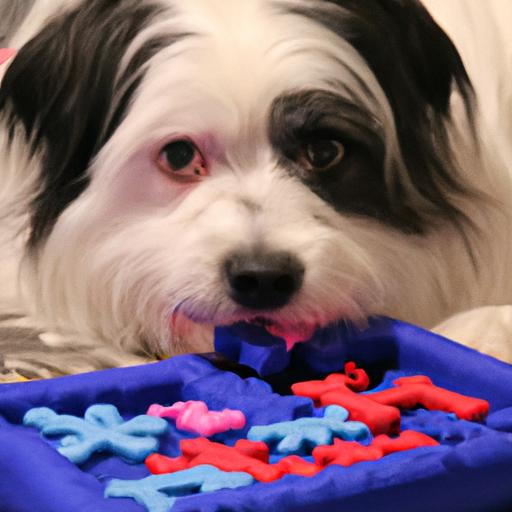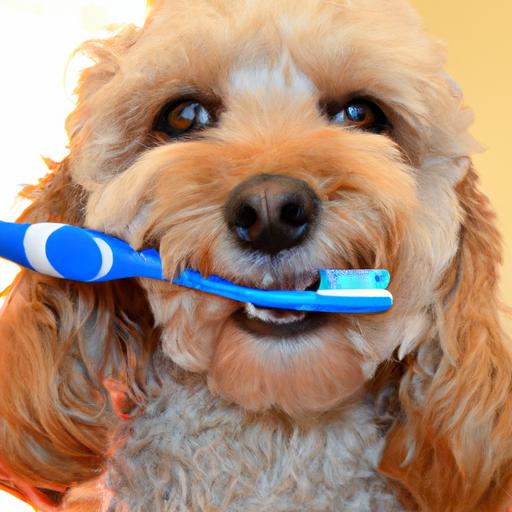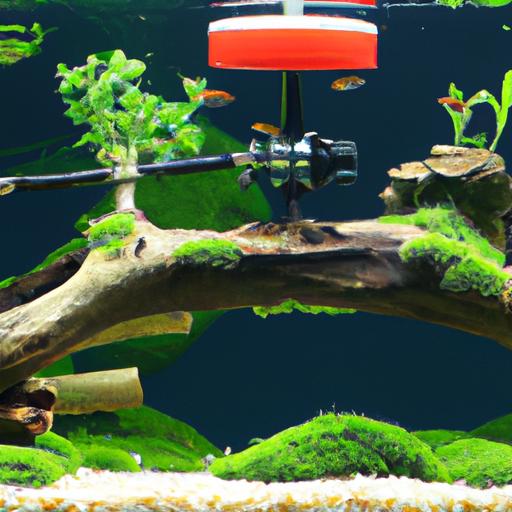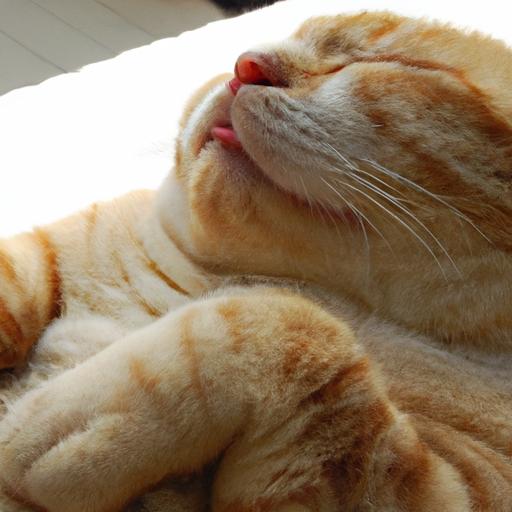
Feline Nasal Polyps: Causes and Treatment
Discover the causes and treatment of feline nasal polyps. Explore medication options and surgical interventions for this common feline respiratory condition.
Introduction
Feline nasal polyps can be a distressing condition for both cats and their owners. These abnormal growths in the nasal passages can cause discomfort, difficulty breathing, and other respiratory issues for our furry friends. Understanding the causes and treatment options for feline nasal polyps is crucial in providing effective care. In this article, we will delve into the causes behind this condition and explore various treatment approaches to help alleviate your cat’s discomfort.
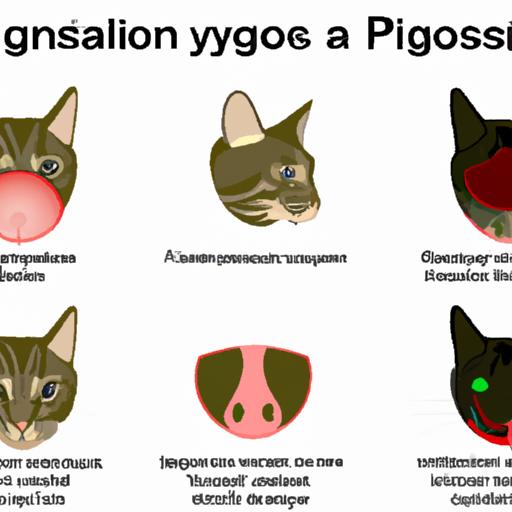
Causes of Feline Nasal Polyps
Feline nasal polyps can develop due to several factors, including genetic predisposition, chronic inflammation, respiratory infections, and allergies.
Genetic Predisposition
Some cats may have a genetic predisposition to developing nasal polyps. Certain breeds, such as Persians and Himalayans, are more prone to this condition. It is believed that certain genes may make these cats more susceptible to abnormal growths in their nasal passages.
Chronic Inflammation
Chronic inflammation in the nasal passages can contribute to the development of nasal polyps. This inflammation may result from various factors, including chronic infections, allergies, or irritants. Over time, the persistent inflammation can lead to the formation of polyps.
Respiratory Infections
Respiratory infections, particularly those caused by the feline herpesvirus, can trigger the formation of nasal polyps. The virus can cause chronic inflammation in the nasal passages, leading to the growth of abnormal tissue.
Allergies
Allergies, both environmental and food-related, can play a role in the development of feline nasal polyps. When a cat is exposed to allergens, such as pollen or certain ingredients in their diet, it can trigger an allergic response. This response may lead to chronic inflammation in the nasal passages, increasing the risk of polyp formation.
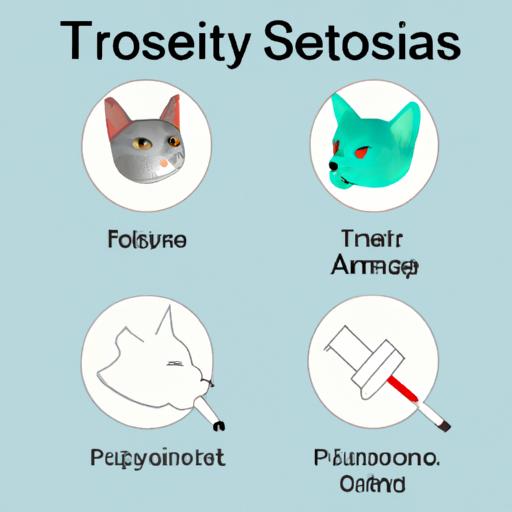
Treatment Options for Feline Nasal Polyps
When it comes to treating feline nasal polyps, there are both medication-based and surgical intervention options available. The choice of treatment depends on the severity of the polyps and the overall health of the cat.
Medications
Medications are often used as an initial approach to manage feline nasal polyps, especially in less severe cases. These medications aim to reduce inflammation and alleviate symptoms.
-
Steroids: Corticosteroids, such as prednisolone, are commonly prescribed to reduce inflammation and shrink nasal polyps. These medications can be administered orally or through nasal sprays.
-
Antibiotics: If a bacterial infection is present alongside nasal polyps, antibiotics may be prescribed. These medications help combat the infection and prevent further complications.
-
Antihistamines: In cases where allergies contribute to nasal polyps, antihistamines can be useful. They help reduce allergic reactions and minimize inflammation in the nasal passages.
Surgical Intervention
In more severe cases or when medications fail to provide desired results, surgical intervention may be necessary. Surgical removal of nasal polyps aims to alleviate symptoms and prevent recurrence.
-
Polypectomy: This surgical procedure involves the removal of nasal polyps using specialized instruments. It can be performed through the nostrils or by creating small incisions in the skin near the polyps.
-
Laser Surgery: Laser surgery is a minimally invasive technique used to remove nasal polyps. It utilizes laser energy to vaporize or shrink the polyps, reducing the risk of bleeding and minimizing tissue damage.
-
Cryosurgery: In cryosurgery, extreme cold is used to freeze and destroy nasal polyps. This technique is less invasive and can be an effective alternative to traditional surgical approaches.
FAQ about Feline Nasal Polyps
What are the common symptoms of feline nasal polyps?
Feline nasal polyps can cause various symptoms, including:
- Nasal congestion
- Sneezing
- Difficulty breathing
- Snoring sounds
- Chronic nasal discharge
- Facial deformities (in advanced cases)
Can feline nasal polyps be prevented?
Unfortunately, there is no surefire way to prevent the development of feline nasal polyps. However, keeping your cat’s environment clean, minimizing exposure to potential allergens, and maintaining their overall health can help reduce the risk.
Are there any long-term complications associated with feline nasal polyps?
If left untreated, feline nasal polyps can lead to complications such as chronic sinusitis, secondary respiratory infections, and even loss of smell. Therefore, it is crucial to seek appropriate treatment to prevent these potential complications.
How can I support my cat’s recovery after surgical intervention?
After surgical removal of nasal polyps, your cat may require some post-operative care. This may include administering prescribed medications, ensuring a clean and comfortable environment, and providing proper nutrition to aid in their recovery. Regular check-ups with your veterinarian are essential to monitor their progress.
Conclusion
Understanding the causes and treatment options for feline nasal polyps is vital in providing the best care for your beloved cat. Whether opting for medication-based approaches or surgical intervention, early detection and appropriate treatment can greatly improve your cat’s quality of life. If you suspect your cat may be suffering from nasal polyps, consult with your veterinarian for a thorough evaluation and guidance on the most suitable treatment plan. Remember, providing timely care and attention can make all the difference in your furry friend’s well-being.

